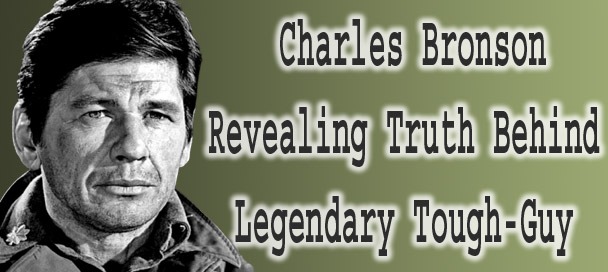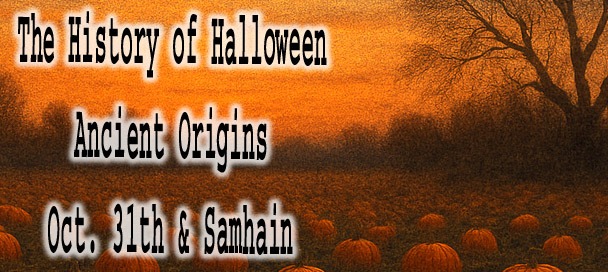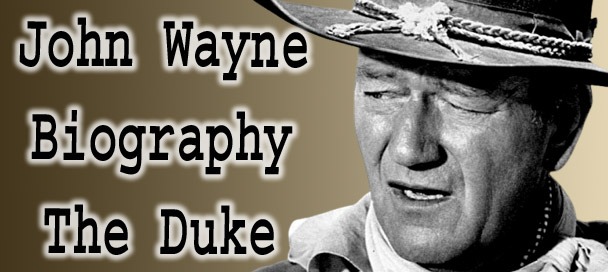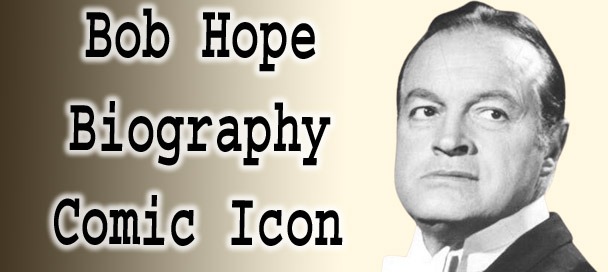🎖️ Lee Marvin: Hollywood’s Rugged Rebel with a Voice Like Gravel

Lee Marvin 959 from the set of M Squad
Before Clint Eastwood squinted his way into cinema history, before Charles Bronson turned vengeance into an art form there was Lee Marvin. With his weather-beaten face, ice-blue eyes, and a voice that rumbled like a Harley on a dirt road, Marvin didn’t play tough guys. He was one.
Lee Marvin (1924-1987) was an American actor whose rough-hewn voice, weathered face, and razor-edge presence redefined toughness in postwar Hollywood. He earned respect not by flattery but by raw authenticity his World War II wounds, hard living, and life outdoors showing up as honest scars in his performances. Roles in The Big Heat (1953), Cat Ballou (1965, for which he won Best Actor), Point Blank (1967), and The Dirty Dozen made him a commanding anti-hero rather than a polished leading man. He refused to soften his characters were often broken, haunted, or morally ambiguous and that grit turned him into a legend of film and television.
Born into a world that would later mirror the roles he made famous, Marvin wasn’t acting when he delivered those deadpan lines or stood stoic in a storm of bullets. He brought a rough-edged authenticity to the screen, a carryover from a life spent in foxholes and bar brawls.
He didn’t aim to be a star. In fact, Lee Marvin once claimed he stumbled into acting almost by accident. But once Hollywood got a taste of that no-nonsense presence, there was no turning back. Bit parts turned into starring roles. The villain became the anti-hero.
By the time he won his Oscar, Lee Marvin had already redefined masculinity on screen less polished, more primal. And whether he was leading misfits into battle or tossing back shots in a saloon, you believed every second of it.
He took the battlefield and turned it into the screen every scar, every silenced wound etched in his gaze.
👶 Early Life
Lee Marvin was born on February 19, 1924, in New York City but don’t let that polished zip code fool you. His upbringing was anything but smooth. His father, Lamont, had been a World War I flying ace turned advertising exec. His mother, Courtenay, traced her lineage back to Revolutionary War heroes. That’s a lot of pressure for a kid more interested in BB guns than blue blood.
Lee Marvin was a wild one from the jump kicked out of dozens of schools for bad behavior, talking back, or just not showing up. Authority never sat well with him, not in classrooms and not in church pews either. He later said the only time he really paid attention was when someone was telling a story preferably a violent one.
It was clear early on that Lee wasn’t built for the straight-and-narrow. He bounced around the East Coast, drifting between private schools he didn’t care about and jobs he didn’t keep. The one thing he did take seriously? The outdoors. Hunting, fishing, hiking Marvin felt more at home in the woods than in a living room.
When World War II broke out, Marvin didn’t hesitate. He enlisted in the U.S. Marine Corps and served in the Pacific Theater, where life got real, fast. The chaos, the camaraderie, the loss it all shaped him. He took a bullet in the spine during the Battle of Saipan and was medically discharged with a Purple Heart. That wound never fully healed, and neither did he.
Explore the Biographies of Iconic Celebrities
🎬 Movie & TV Career
Lee Marvin Talks Acting | Johnny Carson Tonight Show
Lee Marvin didn’t sneak into Hollywood he kicked the door open, gravel voice and all. After the war, a string of odd jobs landed him backstage at a theater in upstate New York. One night, when an actor fell sick, Marvin filled in. That moment sparked something. He enrolled at the American Theatre Wing on the G.I. Bill and got serious about acting not “pretty boy” roles, but the kind with scars.
Early gigs came fast and brutal. He played a sadistic convict in The Big Heat (1953), an angry soldier in Attack! (1956), and a venomous gunman in The Man Who Shot Liberty Valance (1962) opposite John Wayne and James Stewart. That role? Pure Lee Marvin cold, sneering, and unforgettable.
Westerns loved him, noir couldn’t get enough, and war films practically wrote themselves around his presence. Donovan’s Reef, Hell in the Pacific, and The Dirty Dozen (1967) each pushed his image further: a hard man doing hard things, sometimes honorably, sometimes not.
Then there’s Point Blank (1967), where Marvin’s portrayal of Walker the vengeful, near-mythic antihero helped redefine the action genre. No witty banter. No cape. Just brutal payback in a modern noir masterpiece that still echoes today in films like John Wick and Drive.
He wasn’t just blowing things up, though. On the small screen, Marvin showed up in everything from Wagon Train to Bonanza, and even left his mark on The Twilight Zone. In the 1963 episode “Steel,” Marvin played a washed-up prizefighter in a world where human boxing had been outlawed. That single half-hour packed more grit and heartbreak than most films manage in two hours.
From gritty dramas like The Killers (1964) with Ronald Reagan yes, that Ronald Reagan to quirky cult hits like Prime Cut (1972) with Gene Hackman, Marvin never phoned it in. He worked with Charles Bronson, Toshiro Mifune, Angie Dickinson, Jane Fonda, Ernest Borgnine, and Steve McQueen. And while many of his contemporaries played cowboys, Marvin was one off-screen too, rough-riding through life with a drink in one hand and a scowl in the other.
He even had his own show: M Squad, which ran from 1957 to 1960. As Lt. Frank Ballinger, Marvin cleaned up Chicago’s streets in a role that added swagger to TV’s law enforcement playbook. That voice, that walk it was all him.
🎭 Cat Ballou – Lee Marvin’s Wildest Ride
In a career full of tough-as-nails roles, Cat Ballou gave Lee Marvin the chance to let loose and he stole the whole damn show. Playing two characters, the drunken gunfighter Kid Shelleen and his cold-blooded twin Tim Strawn, Marvin flipped the script on his usual typecasting and walked away with an Academy Award for Best Actor.
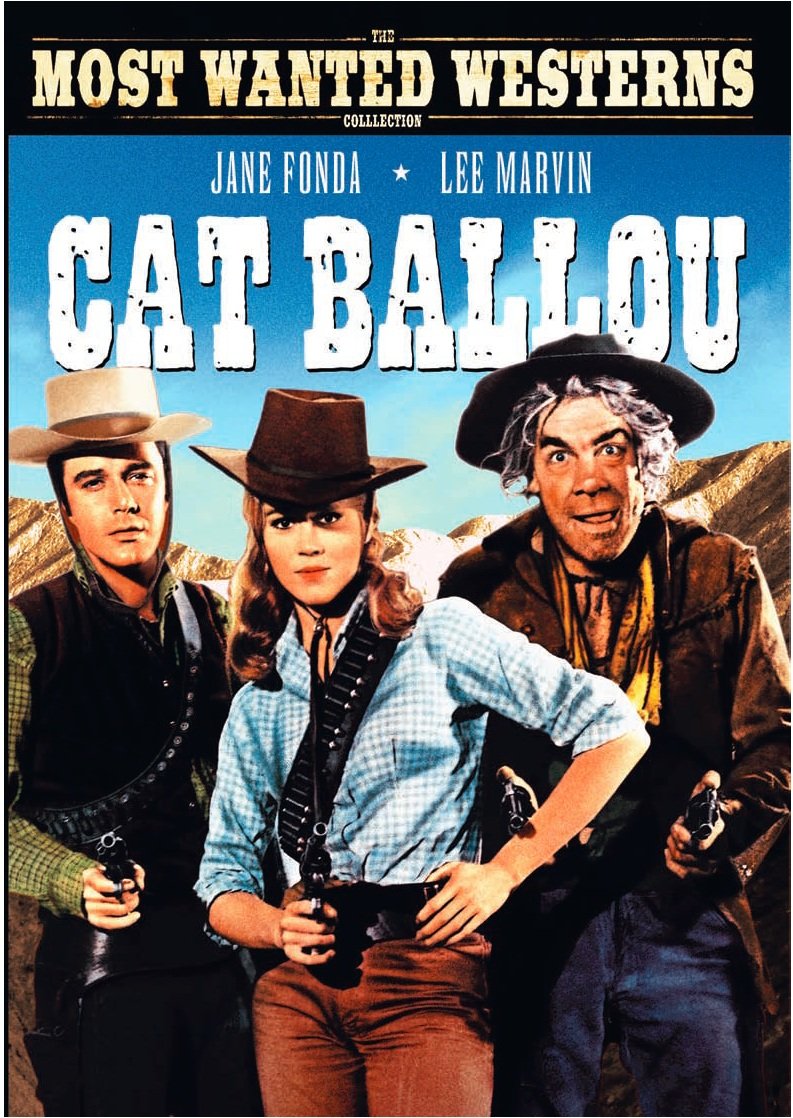
Lee Marvin won his Oscar for playing both Kid Shelleen and Tim Strawn in Cat Ballou (1965).
The film itself is a rare blend of Western, comedy, and musical, starring a perfectly cast Jane Fonda in one of her earliest lead roles. Her character, Cat Ballou, transforms from innocent schoolteacher to outlaw after her father is murdered by a ruthless land-grabbing corporation. And when she hires Kid Shelleen to protect her well, let’s just say she didn’t expect him to show up passed out on a saddle with a bottle in hand and a horse that sways like it’s had a few too many itself.
Yes, the drunk horse deserves its own shout-out. The image of Marvin slumped sideways, half-conscious, as his equally unsteady steed mimics his every wobble is etched into comedy history. It’s one of the most hilarious sight gags in Western cinema charming, ridiculous, and totally unforgettable.
Adding to the film’s offbeat tone is the musical narration provided by none other than Nat King Cole and Stubby Kaye. Their interludes tie the story together with original songs, giving it a folk-ballad feel. It’s part Greek chorus, part campfire storytelling, and it works beautifully.
Directed by Elliot Silverstein, Cat Ballou also features a standout supporting cast including Michael Callan, Dwayne Hickman, and the scene-stealing Tom Nardini as Jackson Two-Bears. But it’s Marvin who anchors the madness balancing slapstick with pathos in a performance that proves even outlaws can have layers.
This DVD edition includes a fully restored version of the film, commentary tracks, behind-the-scenes extras, and a tribute to Marvin’s Oscar-winning transformation.
🕊️ Later Years
By the late '70s, Lee Marvin wasn’t chasing roles, roles chased him. But Hollywood had shifted. The gritty anti-heroes he helped pioneer were now blockbuster staples, often played by younger actors following in his worn boots. Marvin, never one to fake enthusiasm, became more selective.
He took on fewer projects but made them count. In The Big Red One (1980), he played a battle-hardened sergeant a role that mirrored his real-life wartime experience. Directed by Samuel Fuller, a fellow WWII vet, the film was personal, raw, and haunting. It was a quiet triumph, even if it never got the attention it deserved.
Lee Marvin spent more time away from the spotlight, choosing fishing boats over red carpets. He settled in Tucson, Arizona, where the dry air and wide-open spaces suited him. He remained outspoken, rough around the edges, and absolutely uninterested in Hollywood's political games.
In the public eye, he stayed legendary but Marvin didn’t want to be adored. He wanted to be left alone. The media hounded him in the early '80s over a palimony suit filed by Michelle Triola, a former girlfriend. The case, while sensational, revealed more about celebrity culture than it ever did about Marvin himself. He handled it with the same attitude he brought to his roles: say little, stand tall.
His health declined in the late '80s. Decades of hard living caught up with him booze, cigarettes, and battlefield wounds don’t make for a gentle retirement. On August 29, 1987, Lee Marvin died of a heart attack in Tucson. He was 63. He was buried in Arlington National Cemetery with full military honors, a final salute to a man who never faked being tough.
There were no flashy goodbyes, no dramatic farewell tour. Just the end of the road for a man who walked it his own way.
In Cat Ballou, he played twin roles the drunken gunslinger Kid Shelleen and the villainous Tim Strawn and won the Academy Award for Best Actor for both in the same film.
🏆 Legacy
Lee Marvin didn’t just leave a legacy he carved it into the walls of cinema with a Bowie knife. He changed what toughness looked like on screen, giving it depth, grit, and a haunted past. Before him, “tough guys” were polished, composed, sometimes cartoonish. Marvin made them real flawed, brutal, and human.
His influence can be seen in every gravel-voiced anti-hero who came after. Clint Eastwood’s quiet menace, Charles Bronson’s stone-faced vengeance, Tommy Lee Jones’s weariness they all owe something to Marvin’s blueprint. Directors like Quentin Tarantino and Walter Hill have openly acknowledged his impact.
That Oscar win for Cat Ballou? It was more than a trophy it was Hollywood tipping its hat to a man who’d played killers, cops, soldiers, and drunks with the same raw honesty. And he did it in two roles at once, playing both a washed-up gunslinger and his evil brother. Only Marvin could make that work without turning it into parody.
Off-screen, he remains a symbol of unfiltered masculinity equal parts war hero, outlaw, and philosopher in flannel. No social media. No PR stunts. Just straight talk, hard work, and a refusal to pretend.
He’s rarely name-dropped in award shows today, but watch any modern action flick, western, or crime drama you’ll catch echoes of his growl, his walk, his presence. Lee Marvin didn’t need a cape or a catchphrase. He was the kind of guy you believed could take a punch, start a bar fight, and then quietly pay for the damage.
In a Hollywood full of make-believe, Lee Marvin was the real deal.
🗣️ Why They Still Matter
Lee Marvin still resonates because he embodied moral jaggedness when many others glossed the edges. His anti-heroes don’t just punish; they suffer, doubt, and endure. Modern cinema’s fascination with brokenness, masculinity, ambiguity owes a debt to Marvin’s unflinching screen truth. Every time a character bleeds more than they boast, you see his reflection.
Further Reading & Resources
📖 Read: Lee Marvin Biography on TCM
🔍 Explore: Lee Marvin Biography – Britannica

ML Lamp is the owner of Kilroy Was Here. After his 20 years of working in Las Vegas in the entertainment promotions field, Mr. Lamp retired in 2002 from his job to pursue his passion for collectibles. Now as a guest speaker and author he’s living the dream, and sharing his warmth with You.

